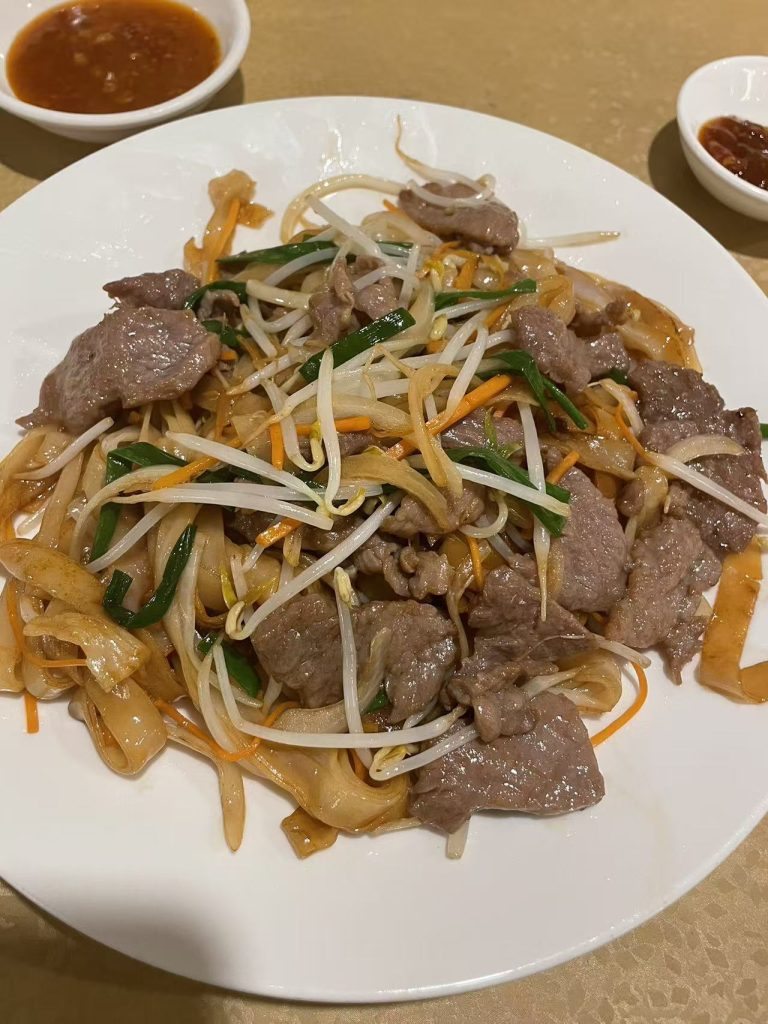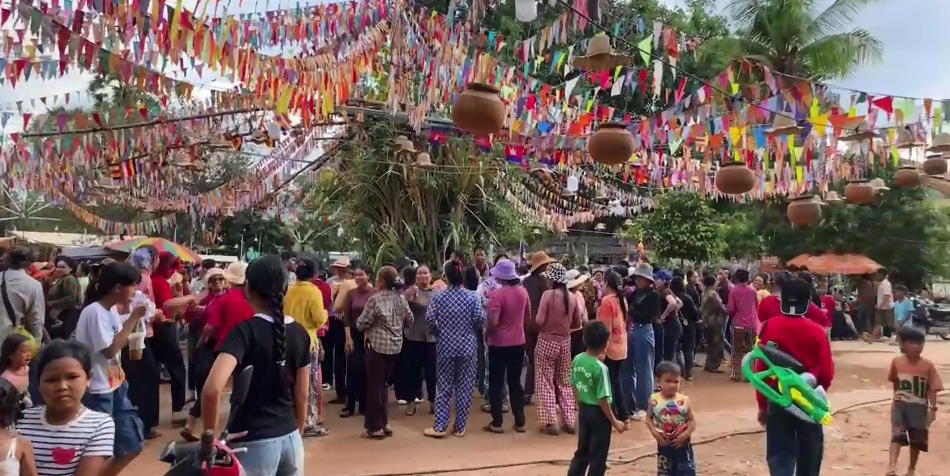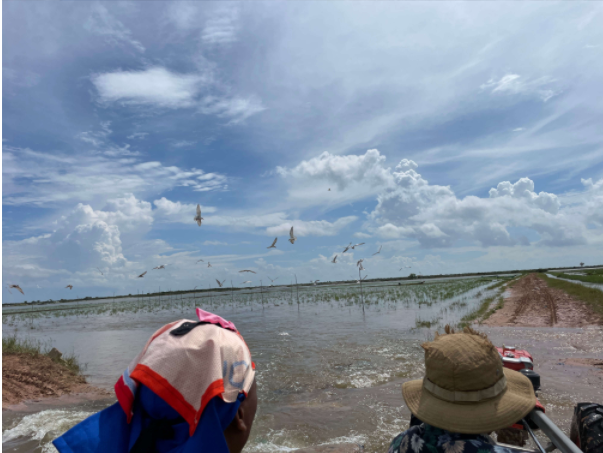🌊 Exploring Tonle Sap Lake — A Glimpse into Rural Life in Cambodia
Introduction — Cambodia’s Largest Freshwater Lake
Tonle Sap Lake, located in the heart of Cambodia, is the largest freshwater body in Southeast Asia and a lifeline for millions. It connects to the Mekong River through a natural flow reversal — during the rainy season, floodwaters push upstream into the lake, expanding it to nearly five times its dry-season size.
This annual phenomenon sustains the region’s rich biodiversity and nourishes countless fishing and farming communities. Yet beyond its ecological importance lies something even more compelling — the lives of people who have adapted to the lake’s changing moods.
While many travel guides emphasize the lake’s wildlife and floating villages, this story explores something more human — the rhythms of daily life, farming resilience, and unique traditions, including one that surprises most visitors: field mouse hunting.
Life Along the Northern Shore of Tonle Sap Lake
When I visited in September, the monsoon was still in full swing. The air was thick with humidity, and distant thunder rolled across the open plains. Farmlands and dirt roads had disappeared under a silver sheet of floodwater. The only way to reach certain villages was by boat.
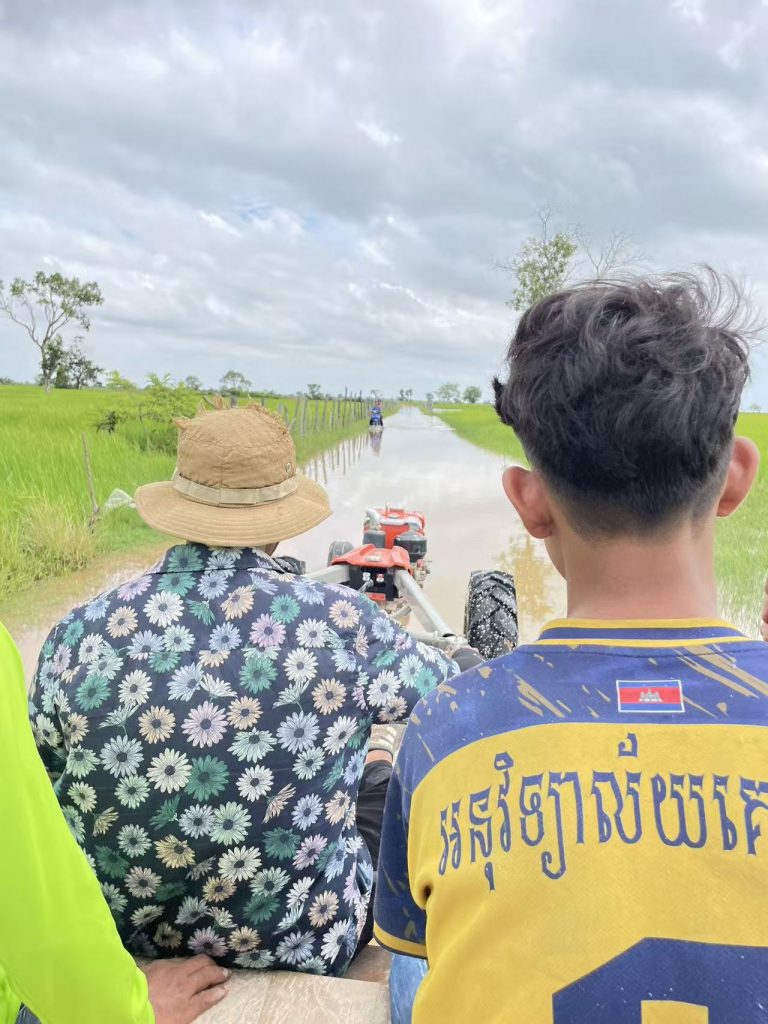
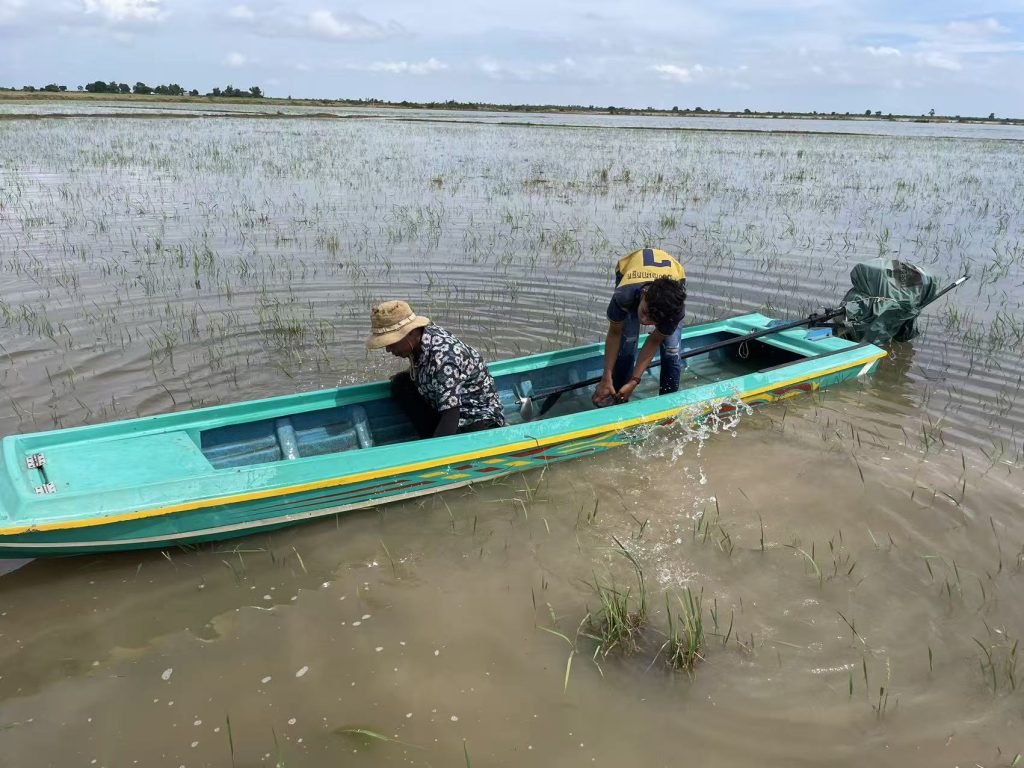
We used a locally crafted fiberglass boat powered by a small gasoline engine, gliding between submerged rice paddies. Occasionally, a half-visible fence or treetop hinted at what lay beneath. Children waved from stilted houses, their laughter echoing across the water. For them, this was not an inconvenience but simply the way life always flowed — one season wet, the next dry, always repeating.
Despite the isolation, there was beauty everywhere: floating patches of lotus, the scent of wet soil, and the rhythmic sound of the motorboat blending with frogs and crickets. It reminded me that for the locals, Tonle Sap is not merely a landscape; it is home, history, and sustenance combined.
Field Mouse Hunting — A Unique Local Tradition
When floodwaters recede and fields begin to dry, villagers return to farmwork — and with it, the centuries-old tradition of mouse hunting. What may sound unusual to outsiders is a practical and communal activity here. Field mice thrive in rice paddies, feeding on young crops. Hunting them not only provides protein but also protects the harvest.
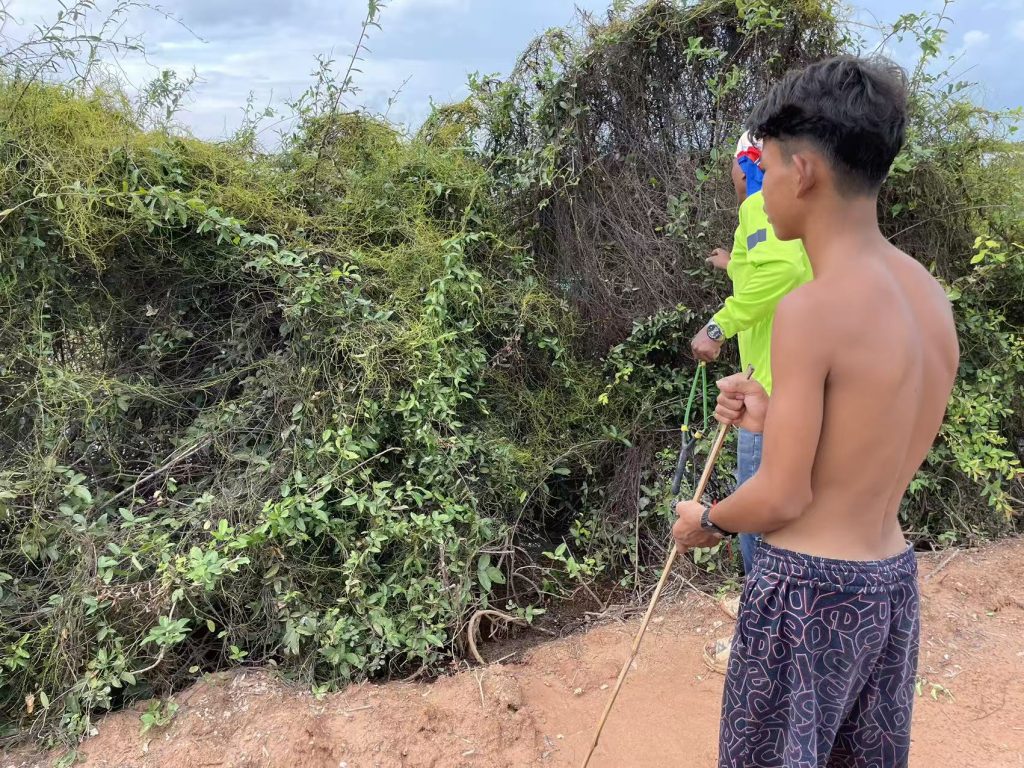
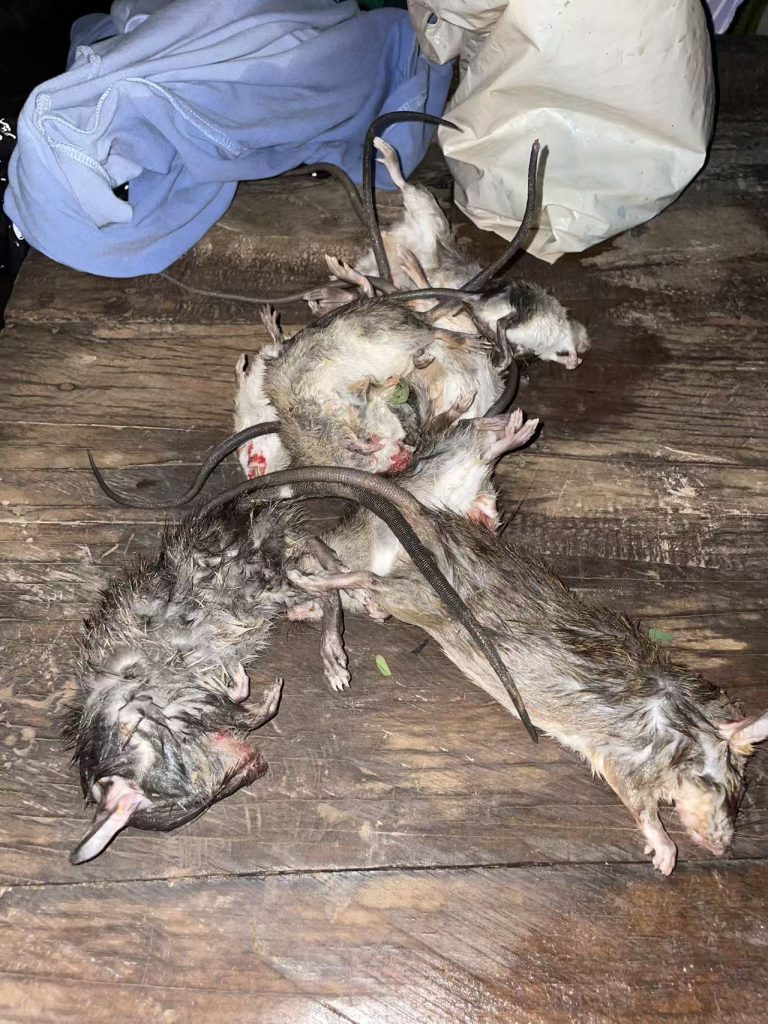
In the dry season, hunters dig near small holes in the ground, using hoes and baskets. A single afternoon can yield a dozen or more mice, later cleaned, seasoned, and grilled over charcoal. The meat is tender, slightly smoky, and surprisingly flavorful — often compared to quail.
During the rainy season, however, conditions change dramatically. The fields flood, and mice take refuge in bushy patches or raised mounds of earth. Villagers use sticks and slingshots, wading through knee-deep water with quiet patience. It’s not merely hunting — it’s a dance between humans and nature, guided by experience passed down through generations.
For travelers, witnessing this can be eye-opening. While it may appear unconventional, it reflects the deep adaptability and ingenuity of rural Cambodians, who turn every challenge into sustenance.
Daily Habits and Resourcefulness in Rural Communities
The people living along Tonle Sap’s edges embody a quiet resilience shaped by water and weather. Most homes are simple wooden structures elevated on stilts to withstand floods. Beneath them, chickens scratch, boats rest, and children play in hammocks while parents mend fishing nets.
Each household keeps a water storage tank near the bathroom — a habit that puzzled me at first. Only later did I understand: during the dry season, when groundwater becomes scarce, these tanks ensure a constant supply for bathing and washing. Even roadside gas stations maintain such tanks, a subtle yet ingenious form of resource management.
Daily routines are dictated by the environment. Families rise before dawn, preparing food or checking fishing traps before the sun becomes too harsh. Evenings are for gathering, eating grilled fish, and sharing stories under flickering lamps. Despite limited technology, there is a deep sense of balance and contentment here — life moves at nature’s pace, not the clock’s.

Staying Safe in the Flooded Countryside
While exploring the flooded plains is fascinating, it also demands caution. Most areas near the northern shore are shallow — rarely exceeding two meters deep — but safety should never be overlooked.
Locals recommend several practical tips:
- 🧢 Wear protective clothing: Long sleeves and pants prevent sunburn and insect bites.
- ☀️ Use sunscreen and hats: The tropical sun remains intense even behind clouds.
- 🪱 Beware of snakes: Villagers often carry sticks to create ripples that scare away snakes hiding in vegetation.
- 🚤 Travel with locals: They understand the shifting water levels and submerged obstacles better than any map.
These precautions ensure that exploring Tonle Sap’s flooded countryside remains both memorable and safe — an adventure grounded in respect for nature’s unpredictability.
The Cultural Meaning of Adaptation
Life on Tonle Sap Lake illustrates how humans and nature coexist in constant negotiation. Every flooded field, floating home, and shared meal tells a story of adaptation. For locals, survival depends on observation — reading the clouds, predicting the water level, knowing when to fish and when to rest.
The practice of mouse hunting may seem small, yet it reflects a broader truth: in Cambodia’s countryside, nothing goes to waste. Every resource, no matter how humble, has value. From dried fish hung beneath roofs to hand-built boats carved from local timber, each object serves a purpose born of necessity and tradition.
Conclusion — The Human Side of Tonle Sap Lake
Tonle Sap Lake is more than just a natural wonder or UNESCO biosphere reserve — it is the living pulse of Cambodian rural culture. The people here embody harmony with their environment, finding beauty and dignity in the simplicity of daily life.
Whether sharing grilled field mouse under a thatched roof or gliding through flooded farms at sunset, travelers discover a Cambodia rarely shown in travel brochures — one where nature and humanity are inseparable.
For those seeking more than sightseeing, Tonle Sap offers something deeper: a glimpse into the heart of Cambodia itself — humble, resilient, and profoundly human.


